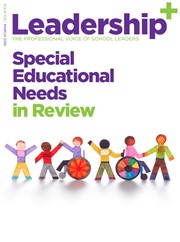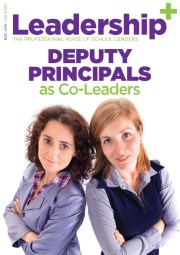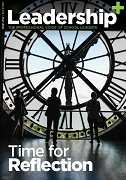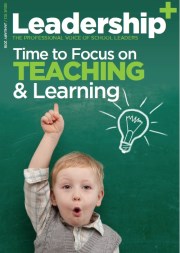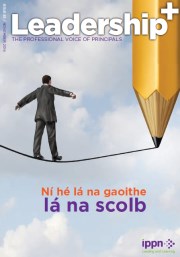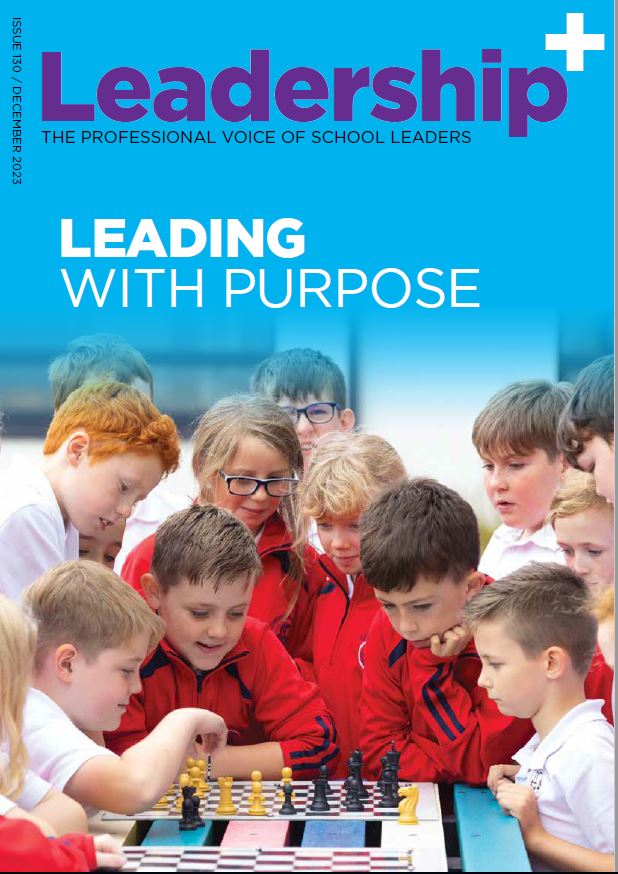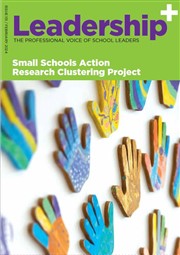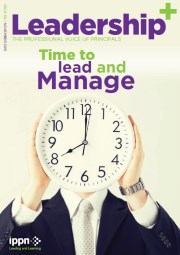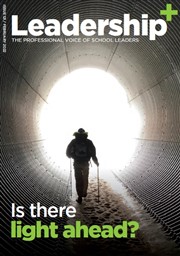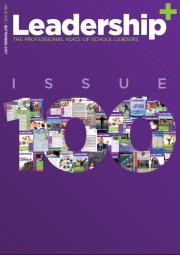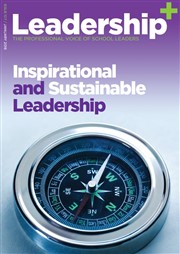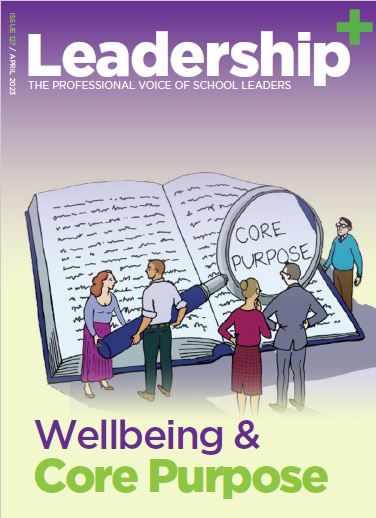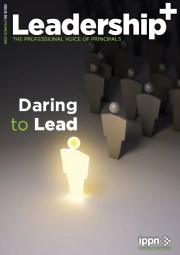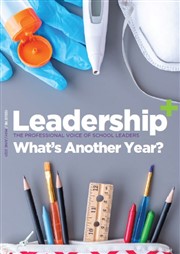Spending on education
- Published: 10 September 2008
IT COULD be argued -- and indeed is being argued -- that comparing this country's spending on education with that of other countries, expressed as a proportion of gross domestic Product, is a useless exercise.
Since a sizeable chunk of GDP flies out of the country in the form of multinational companies' repatriated profits, Gross National Product would be a more realistic base from which to calculate proportionate spending.
The Education Minister may draw some comfort from such logic this morning, as he reads an OECD report which places Ireland's spending on education -- as a percentage of GDP -- at the second lowest in Europe. When expressed as a proportion of GNP, the picture looks much more respectable.
The argument goes: if the Government had matched its spending on education with annual growth, year by booming year, there would be no prefabs in the playgrounds today and no overcrowded classrooms; schools would be equipped with splendid new computers to be plugged into the new broadband sockets, and the opposition would have less ammunition with which to bombard Mr O'Keeffe. Unfortunately, life and politics do not work that way.
Instead, the minister and his predecessor are being accused by Fine Gael of stealthily introducing a series of education cutbacks in the past 12 months, using deferral and diversion techniques.
For his part, the minister insists that the Government places the disadvantaged at the top of its priority list, at all levels of education.
The Government would "continue to target resources at those most in need . . . and continue to build the knowledge economy", he said. Unfortunately, today's OECD report also confirms that this country's school class sizes are among the highest in the world. A cursory glance at the geographic spread of overcrowded classrooms, as revealed in an Irish Independent survey on Monday, suggests that the "disadvantaged" have not yet received priority treatment where pupil/teacher ratios are concerned. The minister has defended the Government's performance on education and insists that things have improved since the OECD took its findings. Regardless of which method is used to measure investment in education, the most important thing is what goes on in the classroom. Until that is seen to be right, continued talk of a "knowledge economy" sounds increasingly hollow.
Minister defends progress on primary class sizes
- Published: 09 September 2008
By Ralph Riegel and Aine Kerr
GOVERNMENT pledges to reduce class sizes remain on target, the Education Minister claimed yesterday amid controversy over current pupil-teacher ratios.
But Batt O'Keeffe conceded the pace at which future class-size reductions were achieved would be entirely dependent on the resources available to his department.
"I have finite resources and I will continue to improve the pupil-teacher ratio, but I can only do that within the confines of the budget that is available to me," he said. "In my view, we have been making an outstanding contribution to ensure that pupil-teacher ratios are improving."
His robust defence followed an analysis of pupil-teacher ratios by the Irish Independent yesterday which showed that the minister's own constituency of Cork fared worst of all.
In the breakdown of national figures, Cork had 27pc of primary pupils in classes of 30 or more pupils.
Last night, Fine Gael's Brian Hayes claimed Mr O'Keeffe was simply "a patsy" in the department.
Promises
"I've absolutely zero confidence in Batt O'Keeffe's ability to stick to his promises and the Fianna Fail promises made in the last election. It's becoming quite clear that he is going to hang in there and simply ignore the promises that were made," he said.
The Irish National Teachers' Organisation (INTO) reiterated its claim that that Irish primary school classes were the second-most overcrowded in the EU.
However, Mr O'Keeffe said INTO was not comparing like with like.
"That is the problem with some statistics. The reality is that 80pc of children in this country are in classes of less than 30 pupils; but then you have some classes that don't even have 20 pupils in it. Citing a statistic like that is not fair and balanced," he said.
He insisted that the achievements to date were "unprecedented".
"I want to work with INTO -- we are partners in education. I also want them to be realistic in terms of what we can achieve together and how we can work together," he said.
Mr O'Keeffe pointed out that the national percentage of children in classes of more than 30 had fallen from 25pc in 2006, to 20pc last year.
He also dismissed suggestions that there was an "eastern seaboard" bias in the allocation of resources and that rural and commuter-belt schools had suffered. "That is simply not the case," he said.
O'Keeffe defends figures which show crowded classes
- Published: 09 September 2008
Seán Flynn, Education Editor
MINISTER FOR Education Batt O'Keeffe has moved to defend the Government's record on class sizes, despite new figures showing that the Republic has the second most overcrowded classrooms in the EU.
However, John Carr of the Irish National Teachers' Organisation (INTO) said the Department of Education's own figures showed almost 100,000 children remained in classes of more than 30 pupils; just one child in 10 was in a class of fewer than 20.
The INTO has blamed a lack of Government planning for the current situation in primary schools.
During a visit yesterday to a primary school in north Cork, Mr O'Keeffe insisted that the Government's strategy to cut class size was working.
"Our policy in the plan was to deliver something like 6,000 new primary school teachers into the classrooms," Mr O'Keeffe said. "We had 4,000 delivered two months ago. We will continue that programme of building schools, building extensions, providing additional capacity for pupils coming in to our school and that always has to be the priority."
A spokesman for the Minister said there were now 30,000 primary school teachers - 6,000 more than there were in 2002 - and that 80 per cent of pupils were now in classes of fewer than 30 pupils.
The spokesman added that the pupil-to-teacher ratio was 16 to one. He also said that this year, the department was creating 7,000 new school places, a figure unprecedented in the history of the State.
Class size has been a difficult issue for the Government. Last year, it abandoned its commitment to deliver classes of fewer than 20 for all under-nines.
In the past decade, the Government has failed to honour repeated promises to reduce class sizes.
More than 18,000 people attended public meetings last year organised by the INTO on the issue. More than 200,000 parents also signed a petition demanding action on the issue.
Last night, the INTO president Declan Kelleher said young children should not suffer because of the current economic climate.
"In a time of economic cutback, you should ensure your young children are not put to the forefront to bear the brunt of that economic cutback," Mr Kelleher said. "If we are visionary in relation to our future, then we will ensure that in order to give our children the competitive edge they deserve in line with all the other European counterparts, that our children will be in reasonably sized classes.
"That is the demand of parents, teachers and education communities throughout this country."
Overcrowding in classrooms depends on where you live
- Published: 08 September 2008
WHERE you live has a huge impact on the likelihood of your child being squeezed into an overcrowded primary school classroom.
Despite Government spin and its commitment towards reducing class sizes, new figures show that in many areas primary schools are still woefully understaffed.
Irish class sizes are the second highest in the EU.
Last week the Department of Education said the percentage of children in classes of more than 30 had fallen from 25pc in 2006 to 20pc in 2007.
But a breakdown of figures obtained by the Irish Independent shows a huge variation from county to county.
The Department of Education breakdown shows that 12 of 34 local authority zones listed are above the national average for class sizes of 30 or more.
Commuter-belt children are suffering most in the primary school class-size scandal, with those in areas of rapid population growth most likely to be squeezed into overcrowded classes.
In a new embarrassment for Education Minister Batt O'Keeffe, his own constituency county of Cork fares worst of all ; with 27pc of primary pupils in a class of 30 plus.
That compares with a national average of 20.4pc, while Leitrim is the lowest of all, at 9.7pc.
Nationally, the figures show that the average number of pupils in classes of 30-plus fell from 109,376 in 2006/07 to 95,773 in 2007/08.
There were 470,270 primary pupils in 2007/08 and this has increased to around 500,000 this school year.
Mr O'Keeffe welcomed the fall in the national average last week, pointing out that almost 80pc of pupils were in classes of fewer than 30 pupils, compared with 75pc the previous year.
But the situation is a far cry from the government commitment of 2002 to have class sizes of less than 20 for children up to the age of nine, who account for over 50pc of primary school pupils.
The latest figures show that only 64,902, or 14pc of children, are in classes of less than 20 and a further 122,346 are in classes of 20 to 24 pupils.
There are 187,246 in classes of 25 to 29 pupils.
After Cork County in the table ; where towns like Midleton, Fermoy and Bandon have swollen in recent years ; comes Meath, Carlow, Wicklow, Kildare, Limerick County, Louth, Clare, Dun Laoghaire/Rathdown, Fingal, Kilkenny and
Waterford City, all of which have also experienced population booms. Next on the list is Galway city, at 20.1pc.
Pressure
Schools in these areas are also more likely to have a higher proportion of children from international families, putting further pressure on teachers who have to deal with different levels of English language proficiency.
Four areas still have classes with 40 or more pupils ; one each in Cork city, Dublin city, Meath and two in Mayo.
The priority for education spending at primary level this year was the building and staffing of new schools in rapidly- growing areas, and a spokesman for Mr O'Keeffe said they were creating an unprecedented 7,000 new school places.
The spokesman said huge progress had been made on class size, with extra teachers provided in 2006/07 and 2007/08, and pointed out that the average class size for 2007/08 nationally was 23.9, while the pupil-teacher ratio was 16:1.
Mr O'Keeffe said last week that class size was a matter for the management of individual schools.
Speaking about county-bycounty variations, his spokesman said that "with over 20,000 individual classes spread across all schools throughout the country, there will always be differences in individual class sizes".
Irish National Teachers Organisation (INTO) general secretary John Carr attacked "broken government promises" and said while class size was an issue throughout the country, the figures showed the greatest impact of Government failure was being felt in the commuterbelt areas around cities.
Irish class sizes were the second highest in the European Union.Mr Carr blamed a lack of coherent planning which allowed houses to be built without vital infrastructure such as schools and school extensions.
"The end result is that in these counties, particularly huge numbers of children are in super-sized classes where teachers are struggling to implement the curriculum."
He called on Mr O'Keeffe to stop relying on stock phrases relating to the state of the country's finances.
Classrooms 'second most crowded in EU'
- Published: 08 September 2008
Primary school teachers have said that classrooms in Ireland are the second most crowded in the EU.
They have accused the Government of failing to honour repeated promises to reduce class sizes.
General Secretary of the Irish National Teachers' Organisation John Carr said the Department of Education's own figures, released today, show almost 100,000 children remain in classes of more than 30 pupils.
Advertisement
He said just one in ten children are in classes of less than 20.
In response, a spokesman for the Minister for Education said there are now 30,000 primary school teachers - 6,000 more than there were in 2002.
He said 80% of pupils are now in classes of fewer than 30 pupils.
The spokesman added that the pupil to teacher ratio is 16 to one.
He also said that this year the department is creating 7,000 new school places, a figure that is unprecedented in the history of the State.








